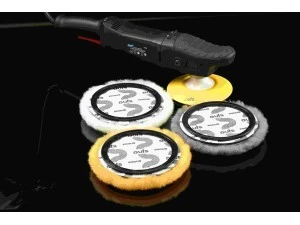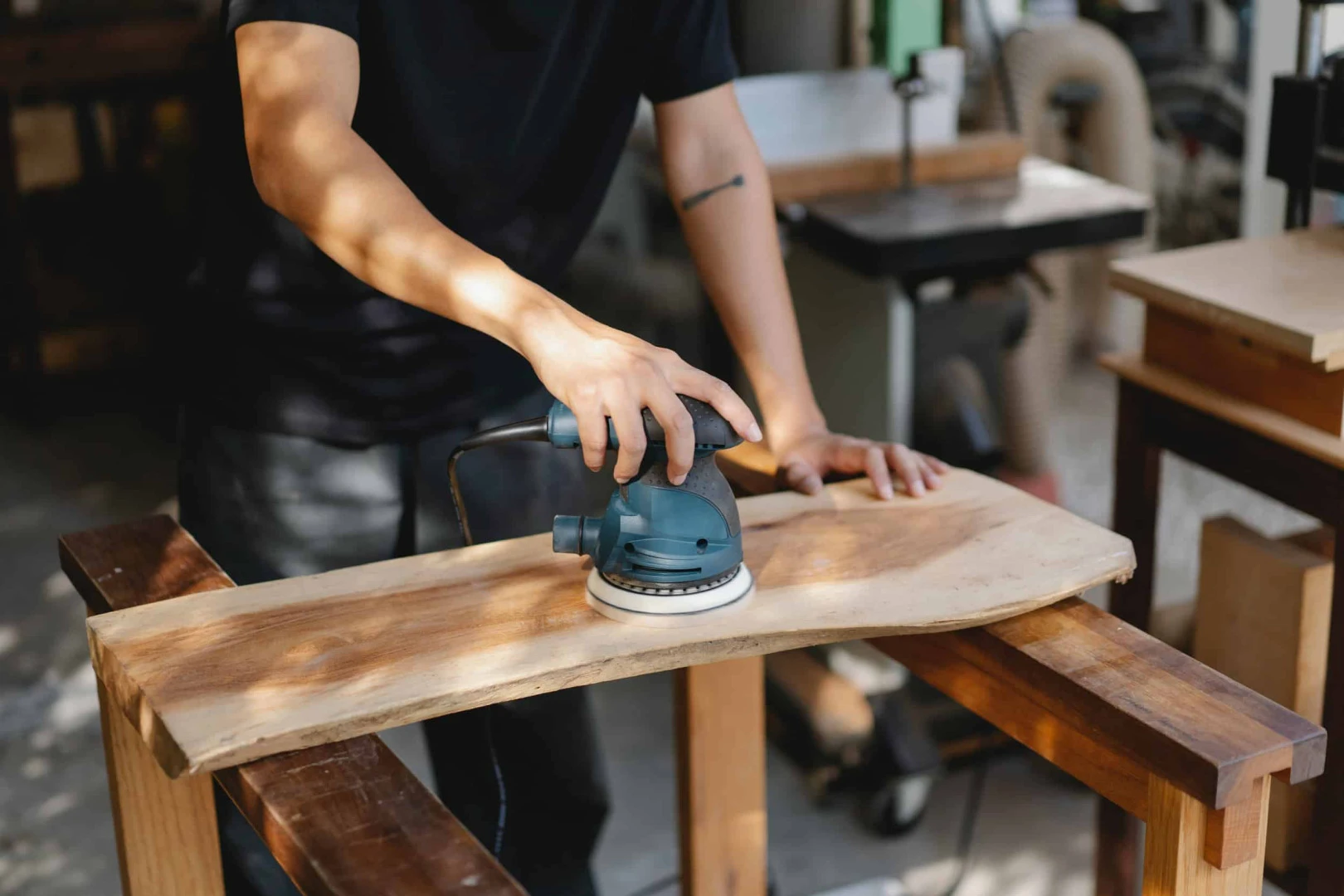Protecting your vehicle’s paint surface throughout the year is essential for both aesthetics and resale value. Over time, exposure to the sun, rain, snow, and other environmental factors can cause deformation and wear on the paint. Such damage not only affects the vehicle’s appearance but can also reduce its second-hand value. Through regular maintenance, you can extend the lifespan of the paint and ensure your vehicle always looks like new. Paint protection involves using various products and techniques. In this article, we will discuss paint protection methods suitable for spring and summer as well as essential maintenance for autumn and winter. Following the correct techniques and tips to protect your vehicle’s paint year-round will provide significant long-term benefits. Remember, proper protection enhances your vehicle’s value and supports long-term financial benefits.
Why Paint Surface Protection Is Important
Protecting your vehicle’s paint surface is necessary for several key reasons. First, protective measures preserve the exterior appearance and help your vehicle maintain a “like-new” look for longer. Environmental factors such as sunlight, rain, snow, and bird droppings can gradually cause fading and deterioration of the paint. Such damage can also affect the underlying primer, resulting in reduced vehicle value. Vehicles with poorly maintained paint surfaces tend to fetch lower prices in the second-hand market. Additionally, repairing scratches and stains can be costly. Therefore, regularly protecting the paint surface offers both financial and aesthetic advantages. Using protective products such as wax, polish, or ceramic coatings can extend the paint’s lifespan and provide additional value to the vehicle owner.
Tips for Regular Vehicle Washing
Regular vehicle washing plays a crucial role in protecting the paint surface. Cleaning your vehicle consistently prevents the buildup of dirt, dust, and grease, which can harm the paint, while extending its lifespan. Ideally, the vehicle should be washed at least once a week, although this may vary depending on how dirty the car becomes. Use high-quality, paint-friendly soaps and always wash with a lambswool glove or mop. This method is the most effective way to prevent scratches. During washing, ensure the interior and exterior are cleaned separately. For the exterior, first rinse the vehicle thoroughly with water, then gently wash with soapy water. Dry with a clean microfiber towel to enhance surface shine. Additionally, do not neglect interior cleaning; vacuum and wipe the interior carefully while the car is empty to increase driving comfort. Regular washing is a key maintenance practice that preserves your vehicle’s value.
Paint Protection Recommendations for Spring and Summer
Spring and summer present the most challenging conditions for your vehicle’s paint. The increased sun exposure and debris from roadsides can negatively affect the paint surface. During these seasons, regular washing is the first recommended protection method. The vehicle should be washed at least once a week, and bird droppings or insect residues should be removed immediately, as they can damage the paint quickly in sunlight. Always use lambswool gloves or mops that do not scratch the surface. After washing, applying a light polish and wax can enhance the surface’s shine. Minor dullness and fine scratches accumulated during winter can be corrected with gentle polishing, followed by a protective wax layer for added paint protection. Whenever possible, wash and dry your vehicle in shaded areas. Using wax or ceramic coatings provides additional protection against UV rays, preventing paint fading.
Paint Maintenance for Autumn and Winter
Autumn and winter present different challenges for your vehicle’s paint surface. Falling leaves, mud, and rain can create stains and reduce the effectiveness of protective layers. Maintaining a regular washing routine is critical, especially in dirtier conditions. Washing should be performed gently to remove debris without damaging the paint. During winter, road salt can damage the paint surface, making washing even more important. Protective layers should be renewed every two to three months using wax or polish. Interior maintenance is also crucial in winter; using plastic mats instead of cotton ones can prevent salt and dirt accumulation. Regular interior cleaning ensures a more comfortable driving experience in cold conditions. Taking additional measures to protect the paint surface helps preserve your vehicle’s appearance and value.
Extra Tips for Paint Surface Protection
Additional tips for paint protection are important to enhance your vehicle’s appearance and value. Beyond regular washing and polishing, consider professional maintenance periodically. Experts can renew protective layers more effectively and achieve results beyond what you might do yourself. Using season-specific products is also important; for example, winter waxes resistant to road salt provide extra protection. Whenever possible, park your vehicle in covered areas to prevent sun and environmental damage. UV protective films or coating products offer long-term protection. Additionally, protect the interior from sunlight, which can damage leather or plastic surfaces, by using UV protection products. These extra measures make your paint protection routine more effective and help maintain the vehicle’s value.




